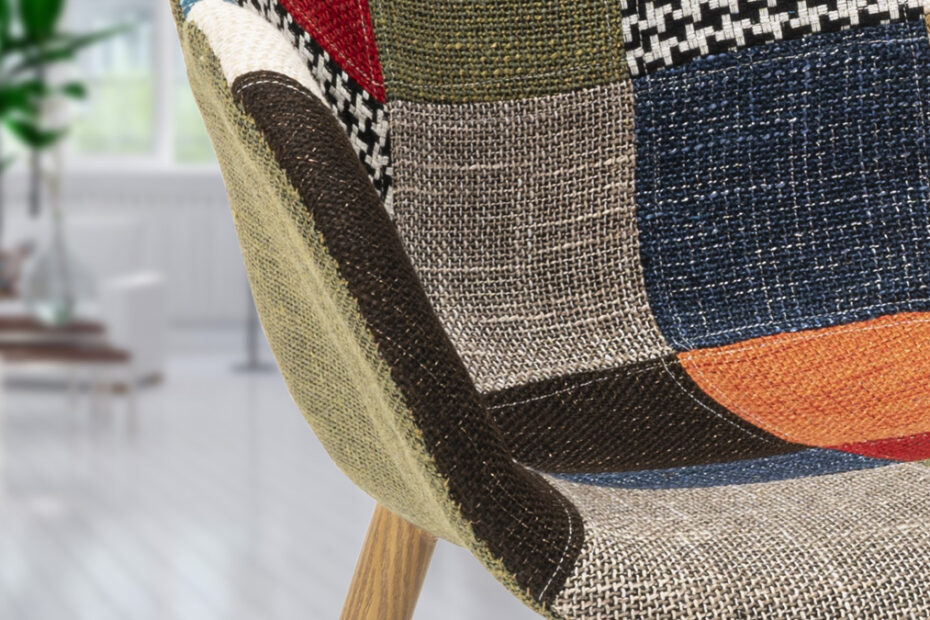Bohemian freedom, creative up-cycling, good mood decor. Whatever you call it, patchwork has given a boost of colour to old-fashioned minimalism.
It is the heir to the quilting bee, the embroidery clubs where women used to get together to perform a ritual that had, and still has, a strong social value: reusing the old to give colour to the new. But this is not just a simple recycling of old fabric: each fibre from the past remains in plain sight, composing a weave that mixes many different stories. A mosaic of experiences, in short, that smells of home.
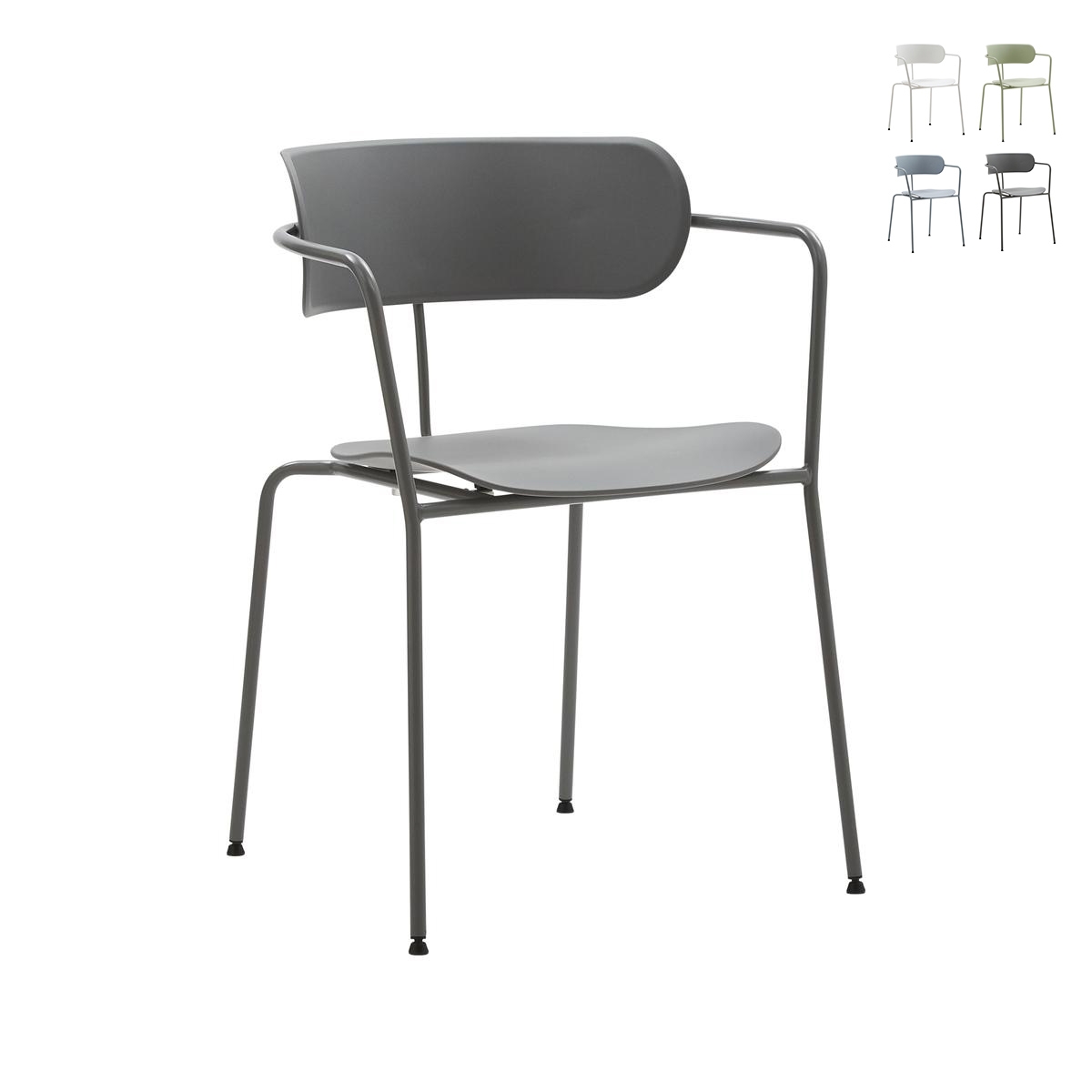
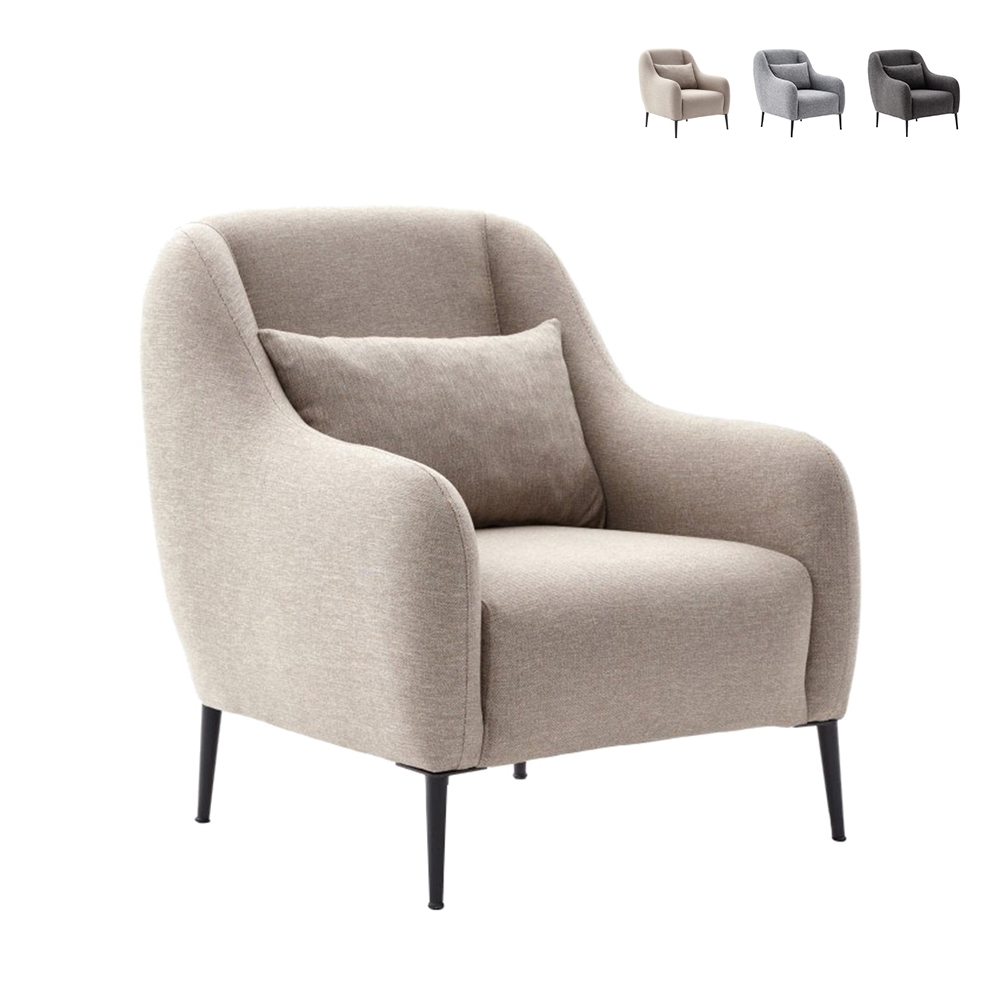

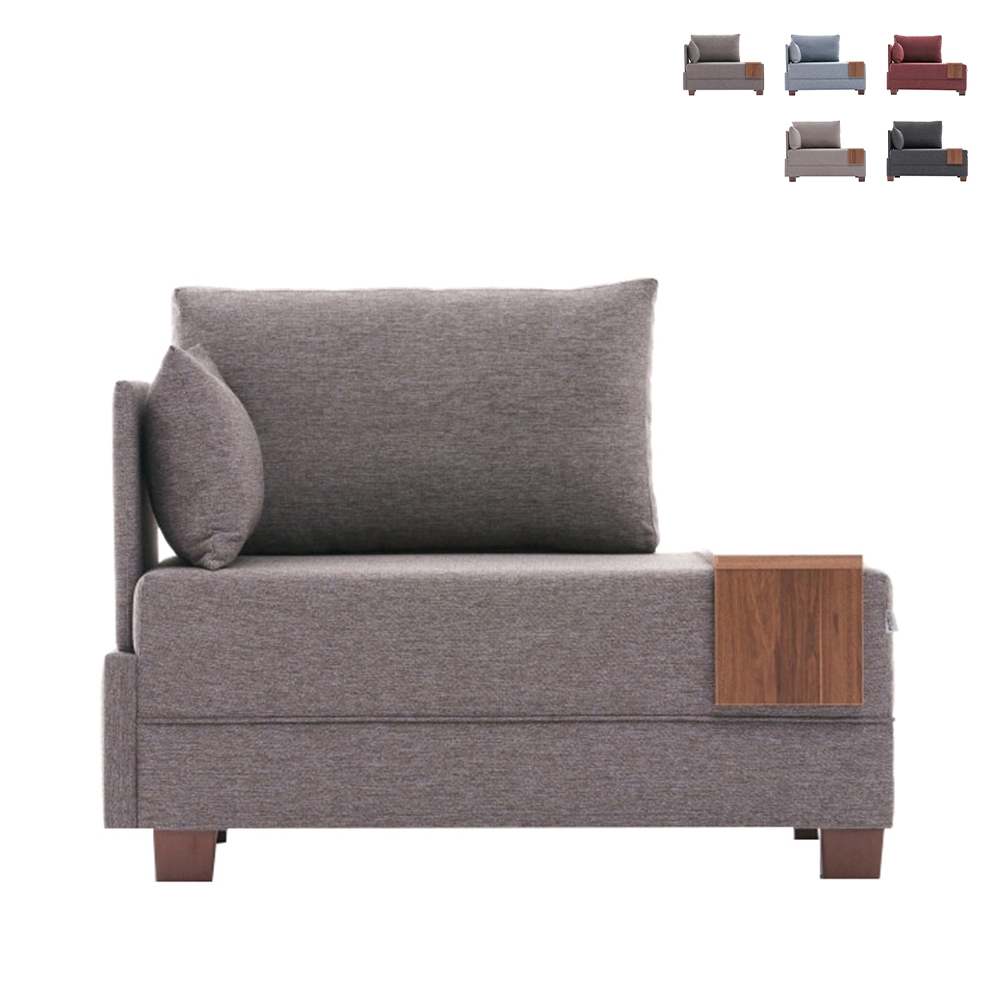
The art of recreating using old patches takes us far away not only in time, but also in the world. Think of Japanese kimonos, Andean ponchos and the beautiful quilts of New England. Throughout history, patchwork has always existed, even without its own name; because active recycling, artistic exuberance, have always been part of man’s creativity, and so we will find a veil of patchwork in every age and every discipline.
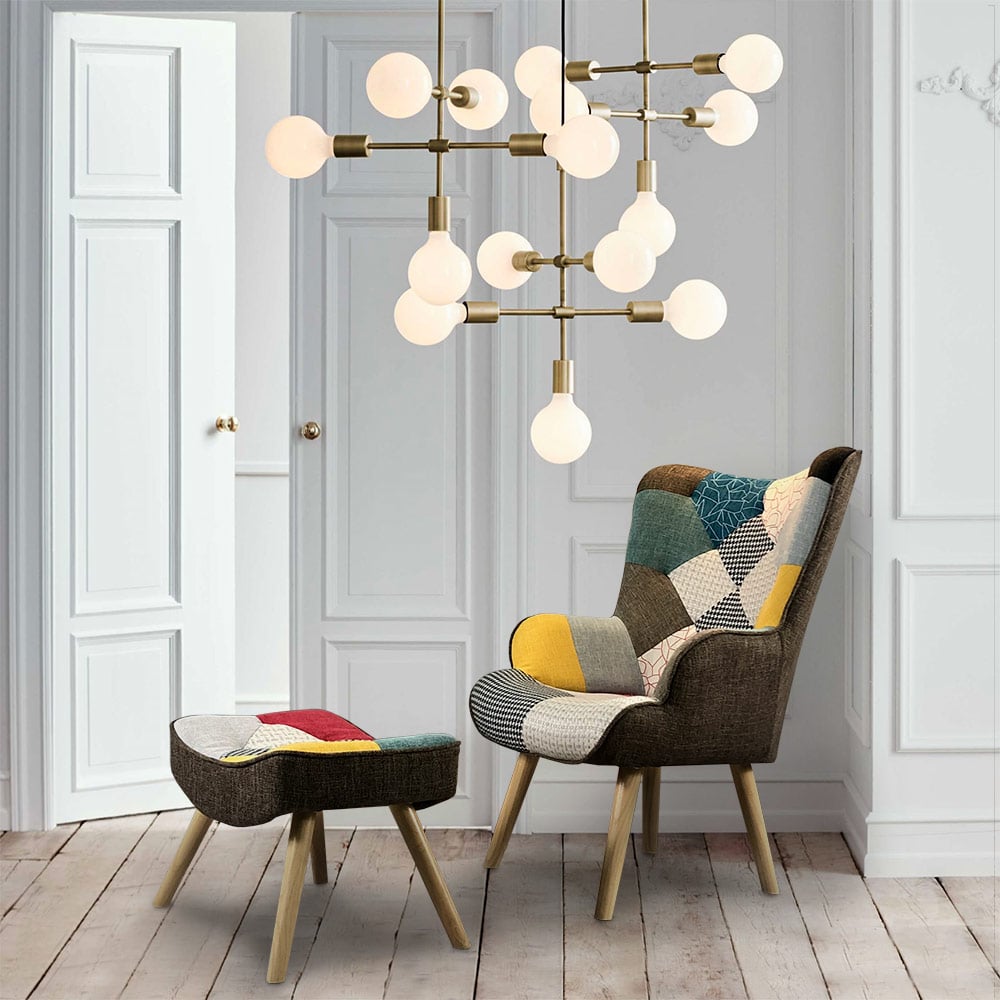
The basic idea was not just to reuse old parts of clothes for new ones.
Of course, fighting waste is not only a noble cause in the 21st century, but an absolute necessity for our ancestors. But the beauty was in getting together to sew, cut, overlap and design. All framed by chatter, revelations, moments of serenity. Not to mention the very human satisfaction of seeing something of one’s own, something that has been lived, come alive for a long time to come..
As for fashion, the real fever in Italy came in the 90s. Jackets, bags, dungarees, jeans: all patches and colours. The more extravagant the combination, the more fashionable it was. The combination with denim seemed to be a must. This simple but functional form of craftsmanship was at its best in this decade, quickly becoming a must for every up-to-date wardrobe.
But how is patchwork fashion doing today?
Great; in fact, extremely good.
The general awareness of issues such as sustainability and up-cycling goes perfectly with this ancient practice. Not only in fashion, but also in the world of interior design, patchwork has found a new raison d’être. This is because recycling and mixing materials have proven to be a perfect combination in interior design.
We personally went to check our home warehouses, in the maze of our e-commerce, and found some interesting surprises. A whole line of projects in patchwork weave, designed for the most disparate environments and the most diverse combinations. Almost as if they were pieces stitched together, curious isn’t it?
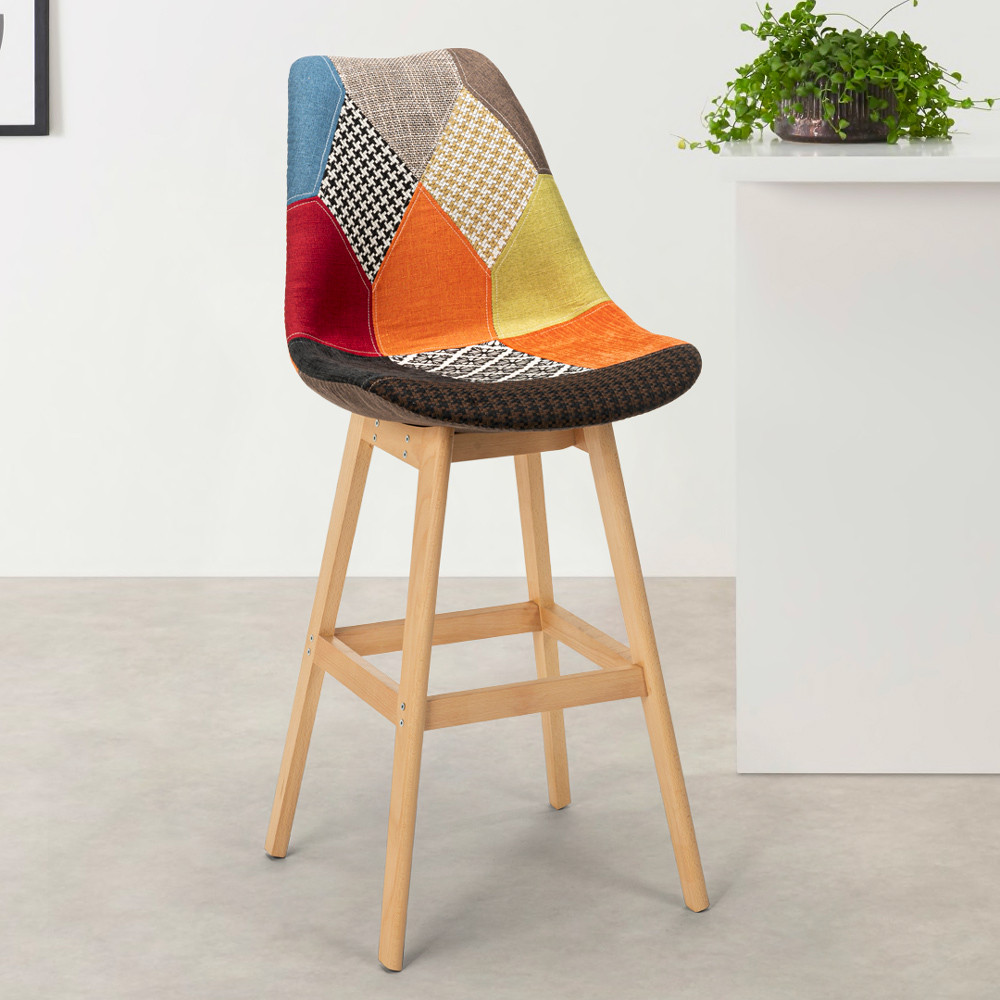
So original creations come to light that almost bring to mind do-it-yourself, colourful and lively, like a relaxing armchair with a modern design: our Patchy Plus, for example. Wood and upholstered fabric that can give the idea of grandma’s house, of the disorganized young single, of the creative person in full storm of ideas. Or a wooden stool with a fabric seat, with a geometric pattern like our Chick, for example.
In conclusion
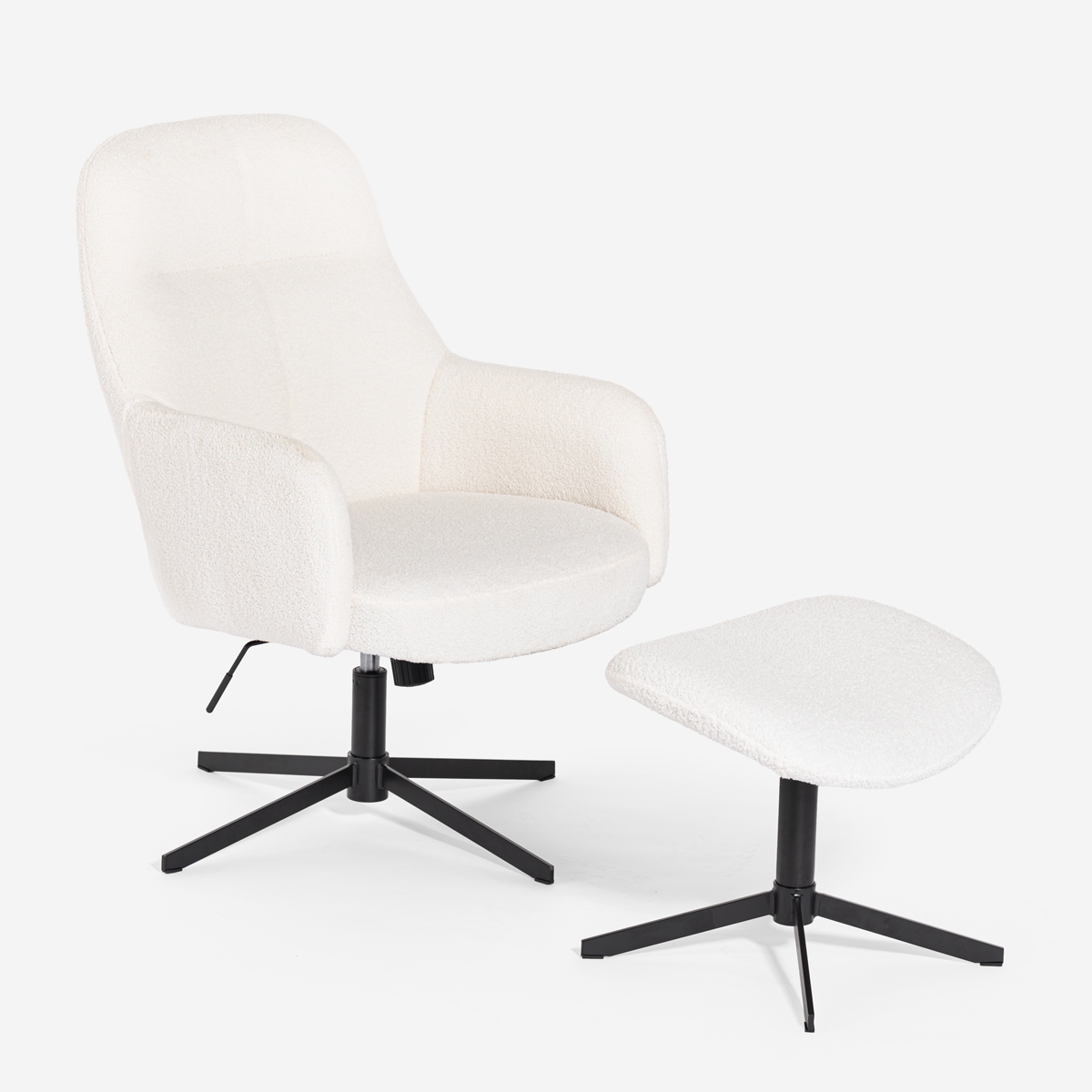
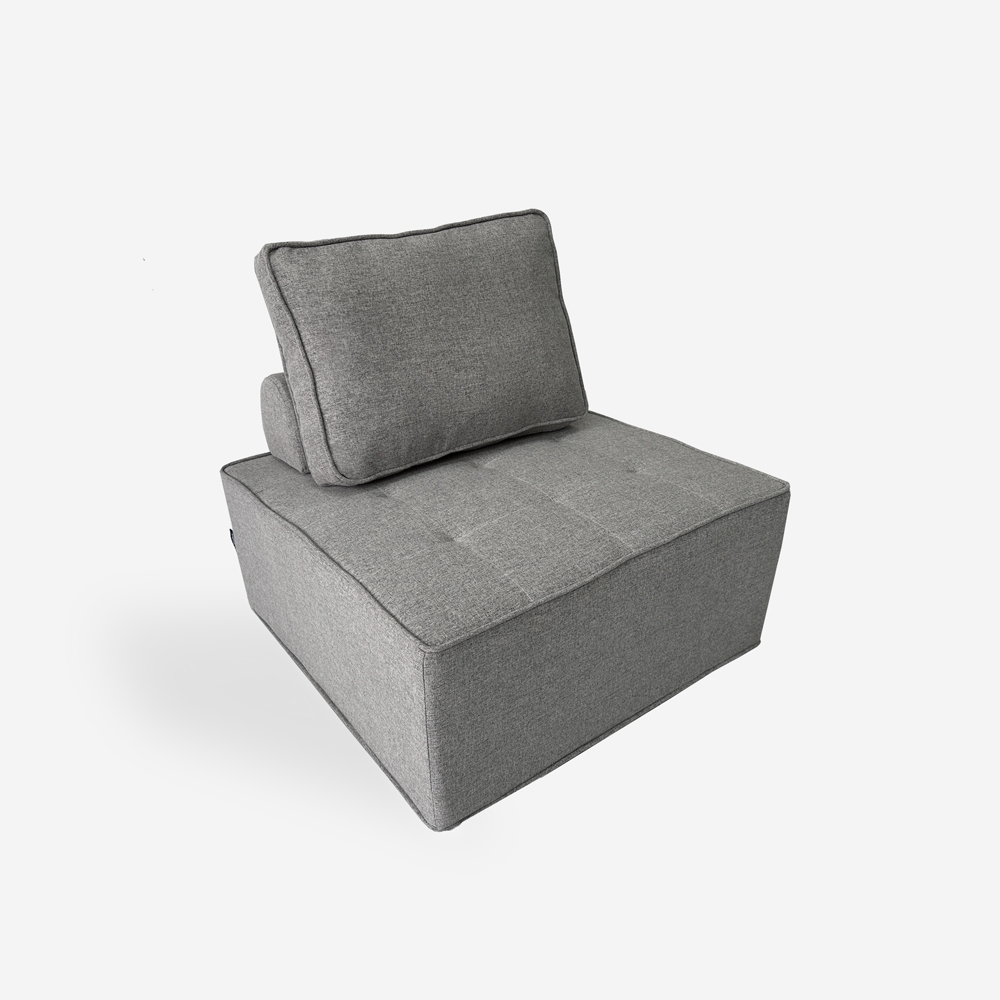
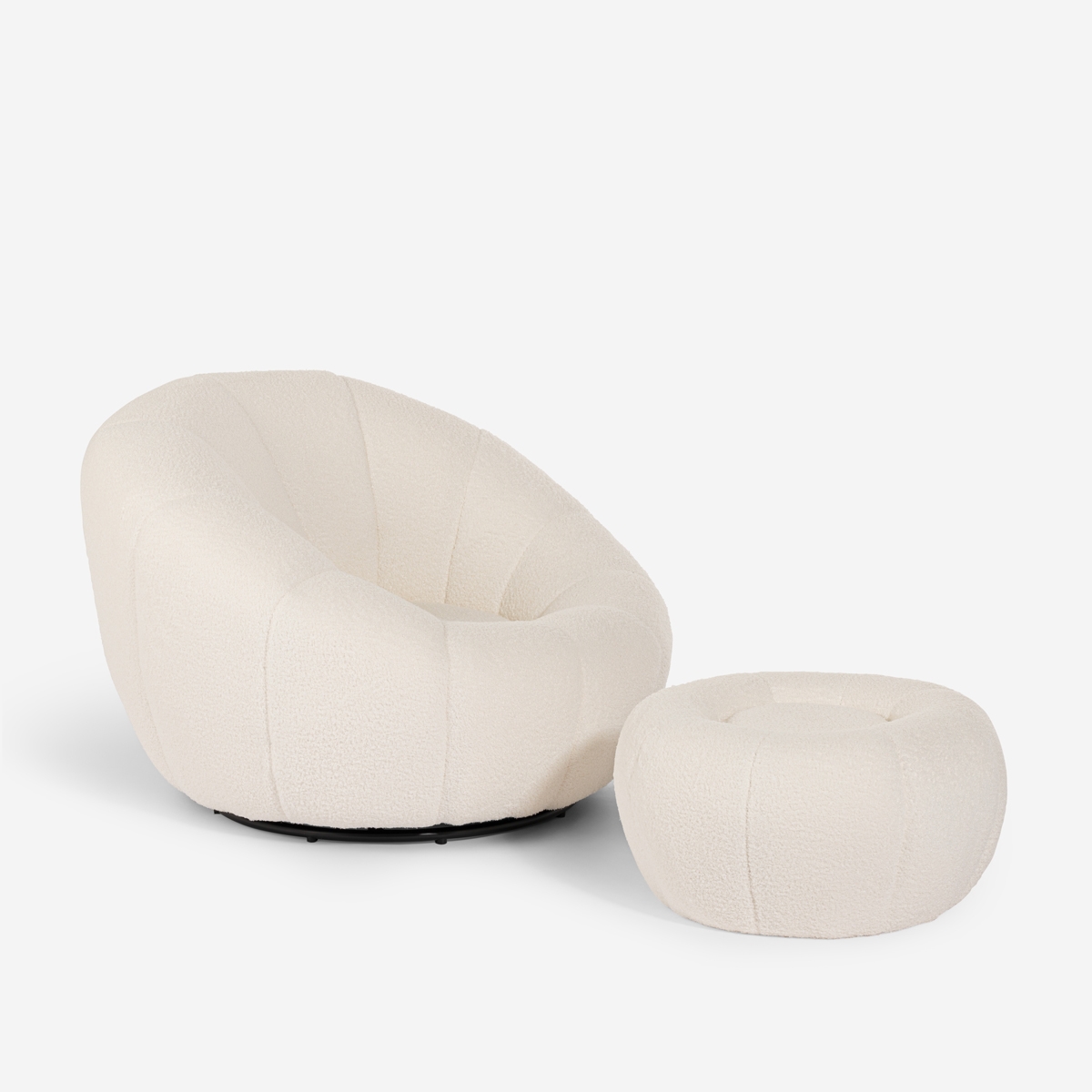

The ideas behind this old art have not changed. Have they adapted to our needs? Of course they have. But what doesn’t adapt today?! The important thing is that, in its kaleidoscope of fabrics, patchwork continues to uphold the most important principles: reuse, sharing, good humour. In short, the values that you find in the products of ProduceShop.
